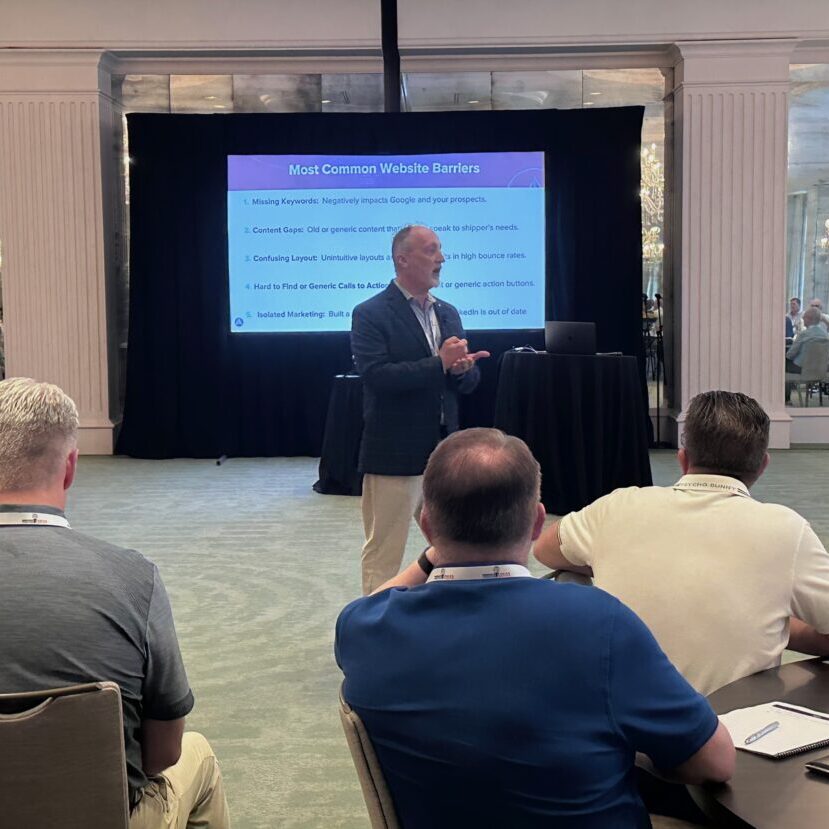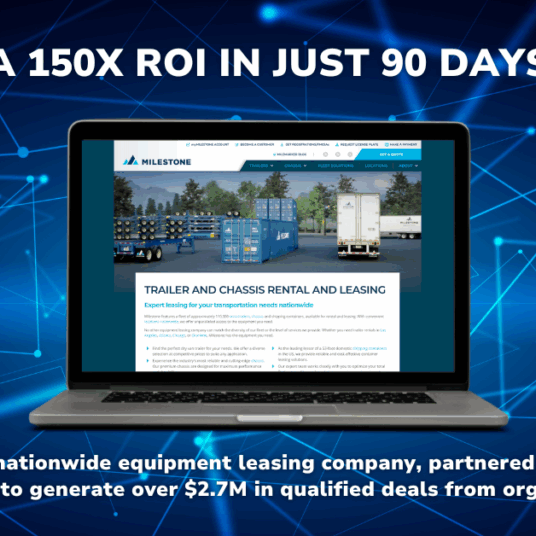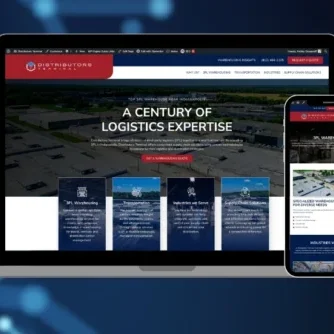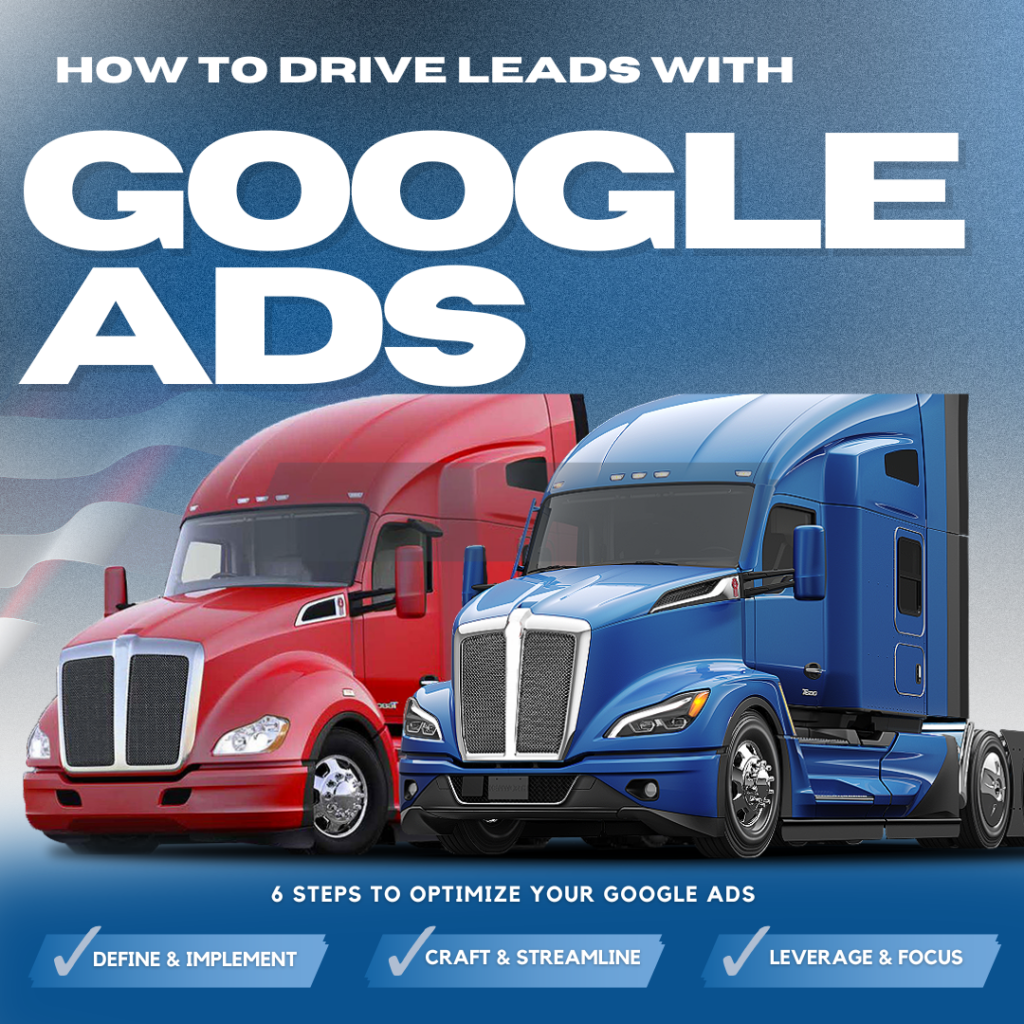
The logistics and transportation industry is one of the most complex trades in the world — so there’s no wonder combining it with digital marketing can seem so overwhelming. Thousands of business owners want a lasting strategy to support their growth, but find their current tactics and existing results barely meet stakeholder expectations.
Nathan Misirian, the founder and CEO of Autumn Consulting, understands this problem well. As an international advisor for growing brands in the logistics and transportation industry, he travels the world to mentor teams and leaders with knowledgeable strategies that flip obstacles into opportunities.
In a recent trip to Medellin, Colombia to work with logistics talent management firm Hubtek, Nathan had the opportunity to mentor on best practices to increase the effectiveness of Google Ad campaigns.
Here are a few of his most pertinent suggestions for building an online promotion pipeline.
Dispelling the Uncertainty of Digital Marketing in the Transportation and Logistics Industry
Building a prosperous online promotions plan doesn’t have to be confusing. Just like the logistics and transportation cycle, digital marketing is built on careful planning, systematic steps, and repeated measurement. If you’re a logistics business owner wanting results from online marketing and advertising, all you need is some time, energy, and additive guidance to build a sustainable strategy.
Here are five actionable suggestions from Nathan Misirian:
1. Start with your website
Before you pivot to ad campaigns or more complex content marketing, you should focus your efforts on your most important digital asset: your website. You need to follow a specific set of rules to rank highly, and should give certain pages a ‘facelift’ if there’s too little content or not enough specificity.
Aim to update your website with at least two pieces of content per month. Writing just three to five paragraphs of 500 words is fine, but the important thing is to stay consistent and look for ways to improve over time.
2. Manage your digital channels
Customers expect different things from different digital channels. Ergo, it’s essential to separate your ‘touchpoints’ from one another so visitors always find what they’re looking for.
For example:
- Your website should be clear, direct, and straightforward. Ask yourself, ‘if I was a customer, could I figure out what’s being offered by my company? Where can I go to find more information?
- Your social media channels should post regular updates and announcements that link back to your website. If you don’t own any social media platforms, consider getting started with Facebook or LinkedIn.
- Alternative digital channels (including email marketing) should carry the themes of your company without losing clarity. Again, take off your business hat and look at your content through the eyes of your customers. How comprehensive are your emails? Can readers find what they’re looking for quickly?
Remember: digital touchpoints are one of the first impressions customers have of your brand. If any of them are confusing, indirect, or unclear, you may need to invest in an overhaul.
3. Test, don’t guess
Wondering if a certain version of your website might outperform another? Instead of making assumptions about their performance, try testing them out to compare results on a platform like Google Analytics.
Testing allows you to measure specific indicators of ROI and gain critical insight into what your customers are doing. For example, you can use GA to look at your:
- Conversion rates on specific CTAs
- Traffic gain on certain webpages
- Most popular blog content and generate new ideas
Since Google Analytics is free to start, you can start measuring your digital marketing performance immediately without paying a dime.
4. Use keywords AND keyphrases
If you want to drive real traffic to your company’s website, you need to choose great keywords for your titles, meta descriptions, and website. However, single words and phrases aren’t enough to cut through the competition — today, a single search for ‘3PL’ results in over 21 million results.
Your best bet is to use a combination of keywords and keyphrases to improve on-page SEO. While keywords include a single word with board competition (‘3PL’), keyphrases refer to short sentences that narrow down results (like ‘3PL in Colombia’). You can use keywords to drive large amounts of traffic, and rely on keyphrases to vet qualified leads.
Consider using both keywords and keyphrases in your digital marketing strategy. Don’t forget to follow indexing best practices to skyrocketing your place in the SERPs!
5. Work with a seasoned professional
Feeling paralyzed by the concept of digital marketing? You’re not alone. Although 55% of small business owners are planning to invest more in their strategy, almost half of them don’t have a defined marketing strategy or don’t know where to start.
If you feel a pit in your stomach at the thought of gearing up a marketing strategy, it may be time to work with a professional who can get you started stress-free.
The experts at Autumn Consulting would be more than willing to help. Led by the expertise of Nathan Misirian and his hand-picked team of digital marketing pros, our company is dedicated to WOW moments and demonstrable, repeatable results. Don’t take our word for it — just see what our satisfied logistics and transportation customers had to say.
You can get in touch with Autumn Consulting at wow@autumnconsult.com. Nathan would be happy to evaluate your current strategy and provide recommendations for improvement.




